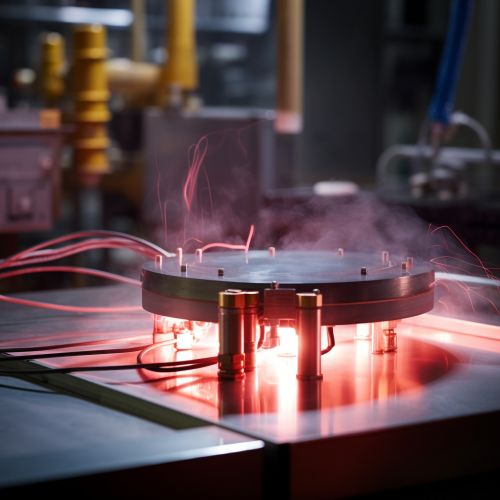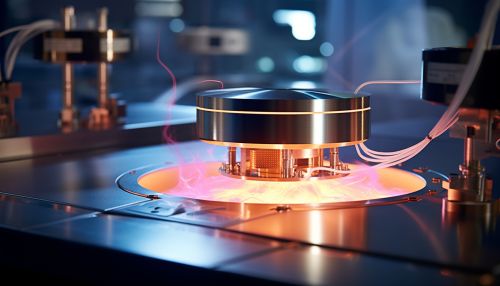The Physics of Superconductors
Introduction
Superconductors are materials that exhibit superconductivity, a quantum mechanical phenomenon characterized by zero electrical resistance and the expulsion of magnetic fields. This article delves into the physics of superconductors, providing a comprehensive and detailed exploration of the topic.

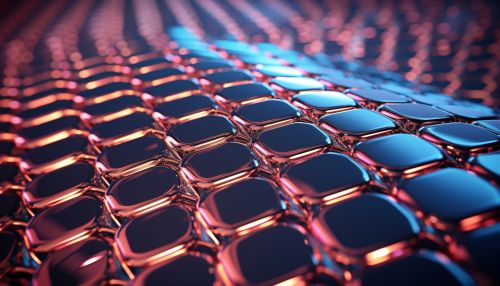
Discovery and Early Research
Superconductivity was first discovered in 1911 by Heike Kamerlingh Onnes, who observed that the electrical resistance of mercury vanished at temperatures near absolute zero. This discovery led to a surge in research efforts to understand the underlying physics of this phenomenon.
Theoretical Frameworks
BCS Theory
The first successful theoretical framework for superconductivity, known as BCS theory, was developed in 1957 by John Bardeen, Leon Cooper, and John Robert Schrieffer. This theory explains how electrons in a superconductor can form pairs, known as Cooper pairs, which move through the lattice structure of the material without scattering off impurities or lattice vibrations, resulting in zero electrical resistance.
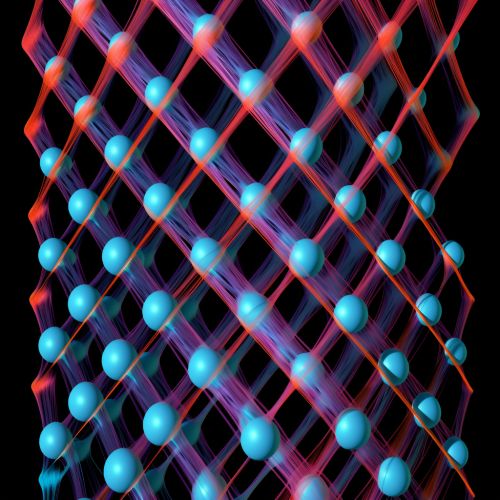
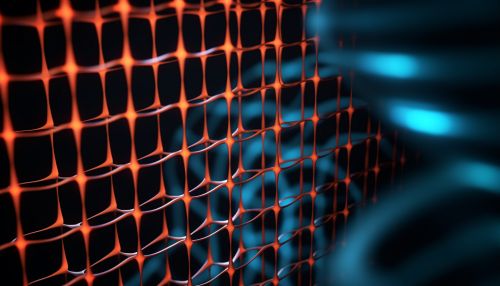
Ginzburg-Landau Theory
Another significant theoretical framework is the Ginzburg-Landau theory, developed by Vitaly Ginzburg and Lev Landau in 1950. This theory provides a phenomenological description of superconductivity, focusing on the macroscopic properties of superconductors rather than the microscopic interactions between particles.
Types of Superconductors
Superconductors are typically classified into two types: Type I and Type II.
Type I Superconductors
Type I superconductors are characterized by a complete expulsion of magnetic fields when cooled below their critical temperature. This phenomenon, known as the Meissner effect, is a defining characteristic of superconductivity.
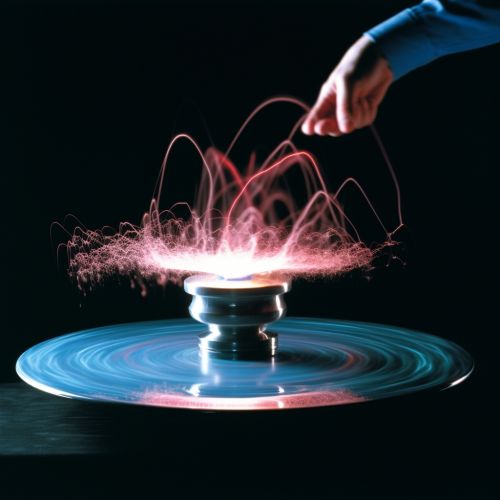

Type II Superconductors
Type II superconductors, on the other hand, allow magnetic fields to penetrate their interior in the form of quantized vortices, which enables them to carry larger currents and generate stronger magnetic fields than Type I superconductors.

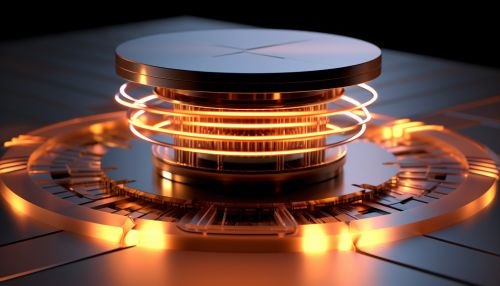
Applications of Superconductors
Superconductors have a wide range of applications, from medical imaging and particle accelerators to maglev trains and quantum computers. Their unique properties make them invaluable in these and many other fields.
Future Directions
The search for high-temperature superconductors – materials that exhibit superconductivity at temperatures above the boiling point of liquid nitrogen – is one of the most active areas of research in the field of superconductivity. The discovery of such materials could revolutionize many aspects of technology and industry.
